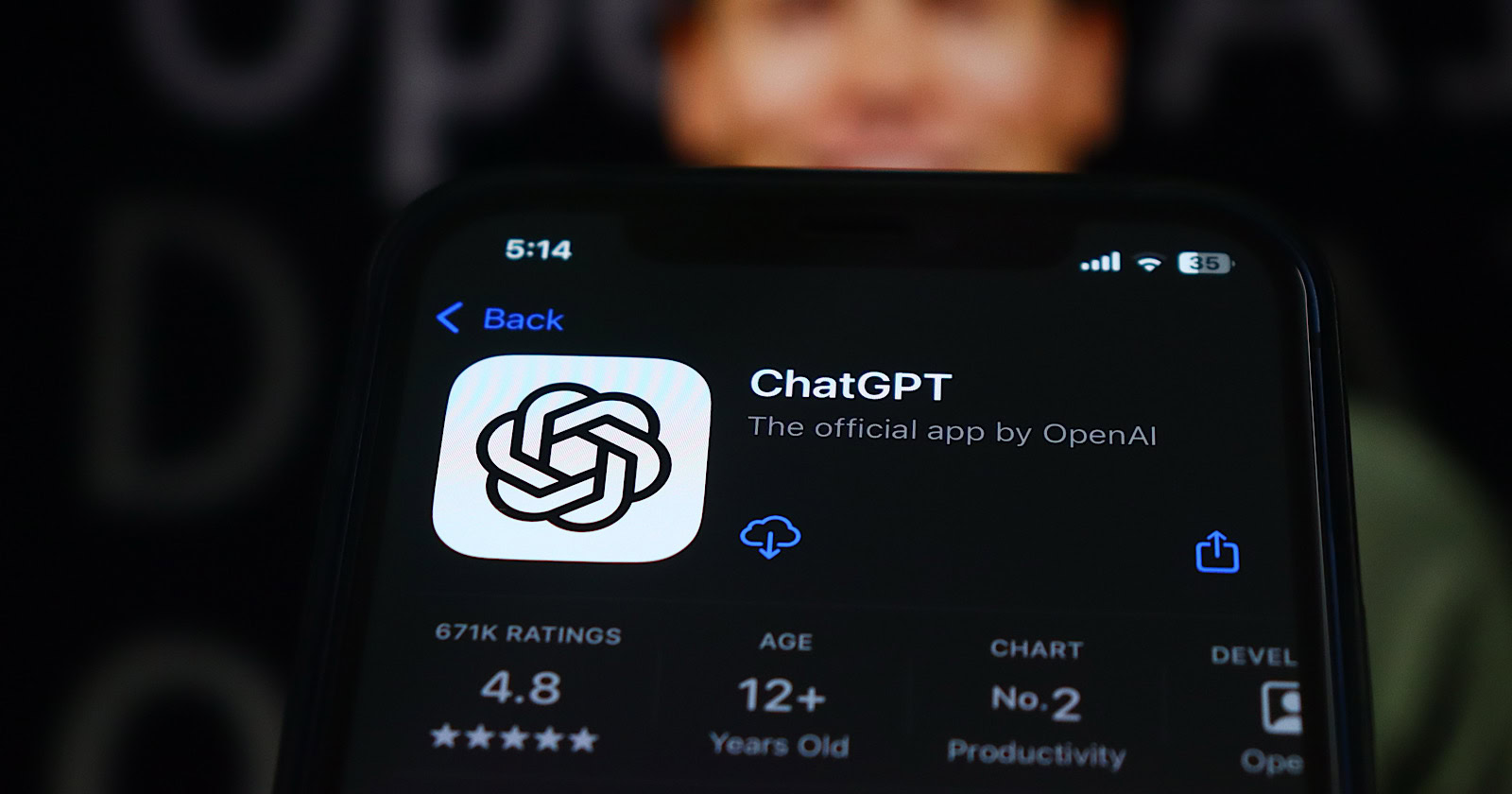Why Sonic moved its ads beyond the drive-in
The chain’s CMO dishes on how it is emphasizing crave-ability, its new collaboration with other Inspire Brands chains—and if Sonic will ever bring back the "two guys."

For years, Sonic Drive-In’s marketing has included plenty of cars. After all, “drive-in” is in the brand’s name, and its carhop service has long been a point of differentiation from other fast feeders. But with its newest campaign, the chain has stepped outside of cars in a bid to play up the crave-ability of its menu.
Escapes from everyday life —like a father daydreaming about a Chophouse Cheeseburger while watching his son’s football game as a way to cope with an annoying man sitting next to him—are portrayed in ads from Mother Los Angeles, which debuted in September.
Sonic Chief Marketing Officer Lori Abou Habib discusses the creative pivot on the latest edition of Ad Age’s Marketer’s Brief podcast. She broke down Sonic’s marketing into three pillars—craving, oasis and delights. The oasis is Sonic’s code name for its drive-ins, which have long been featured in ads.
With the new work, the chain wanted to lean into its indulgent menu items. “We had kind of shied away from that in the past,” she said, indicating some hesitance to emphasize it in light of healthy eating trends. But now, “there is also this macro trend toward mental health and trying to practice some self-care, getting what you want,” including small treats throughout the day, which “feels more relevant than ever,” she said.
The brand remains linked to the so-called “Two Guys” campaign, which featured comics Peter Grosz and T.J. Jagodowski. Those ads, which made use of improvised lines, first appeared in a campaign created years ago by Barkley. But Sonic began moving in a different direction under Mother, which won the account in late 2019 after it had been with Goodby Silverstein and Partners.
“They are such an intrinsic part of the brand personality,” Abou Habib said when asked on the podcast if the two comedians would ever return. “I always say I would never say never to the right collaboration with them if they are up for it.”
Sonic since late 2018 has been owned by Inspire Brands, which also controls Arby’s, Baskin-Robbins, Buffalo Wild Wings, Dunkin’, Jimmy John’s and Rusty Taco. On the podcast, Abou Habib outlines new ways the brands are working together. That includes combining media purchasing power. Inspire in 2021 hired Publicis Groupe to handle media via a bespoke shop called Inspire Media Engine. Beyond that, the individual brands are “leaning into a cross-brand learning agenda,” Abou Habib said.
“Every brand is a little bit different— how can we start to conduct experiments that are meaningful for each brand,” but also get “great learnings that we can then feed back into the larger ecosystem,” she said.
One manifestation of the new teamwork is the “Inspire Alliance Kitchen” in Atlanta, which is a so-called “ghost kitchen” that allows people to order delivery from multiple Inspire brands at once. The company has described the layout as enabling “a workforce cross-trained across multiple brands and skills, resulting in labor efficiency and expanded opportunities for team members to develop their careers in the restaurant industry.”
“We’ve learned a lot from it,” Abou Habib said, noting that Sonic previously did not have a big presence in Atlanta. She declined to reveal how, or if, the concept might be expanded, including if Inspire has plans to combine multiple brands in one building elsewhere. (Dunkin’ and Baskin Robbins have long operated adjacent outlets; the ice cream and coffee and donut chain shared common ownership prior to being acquired by Inspire.)
Abou Habib pointed to how competitor McDonald’s recently began selling Krispy Kreme donuts in some locations. “Maybe we need some Dunkin’ Donuts at Sonic—never say never,” she said.

 MikeTyes
MikeTyes 
































